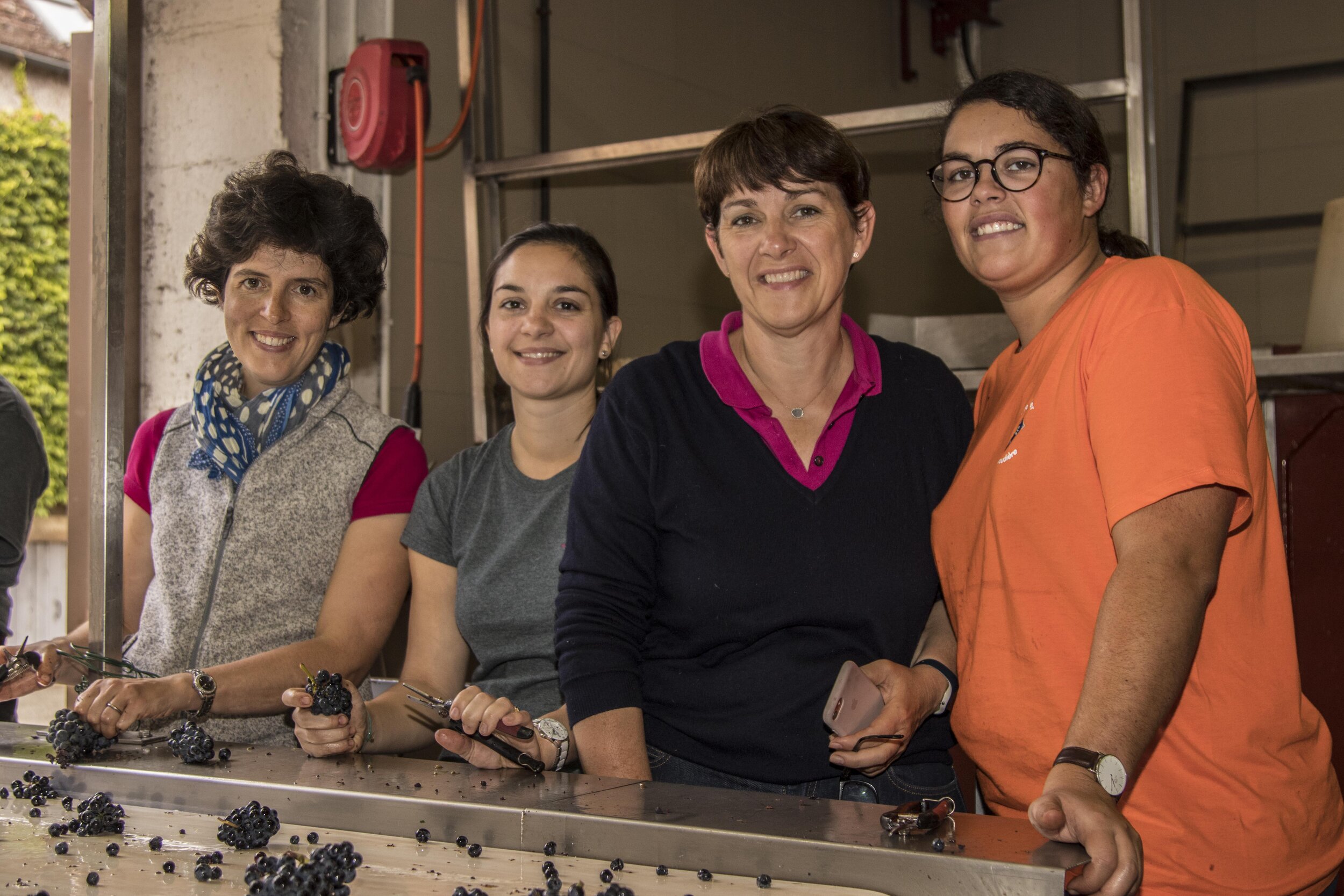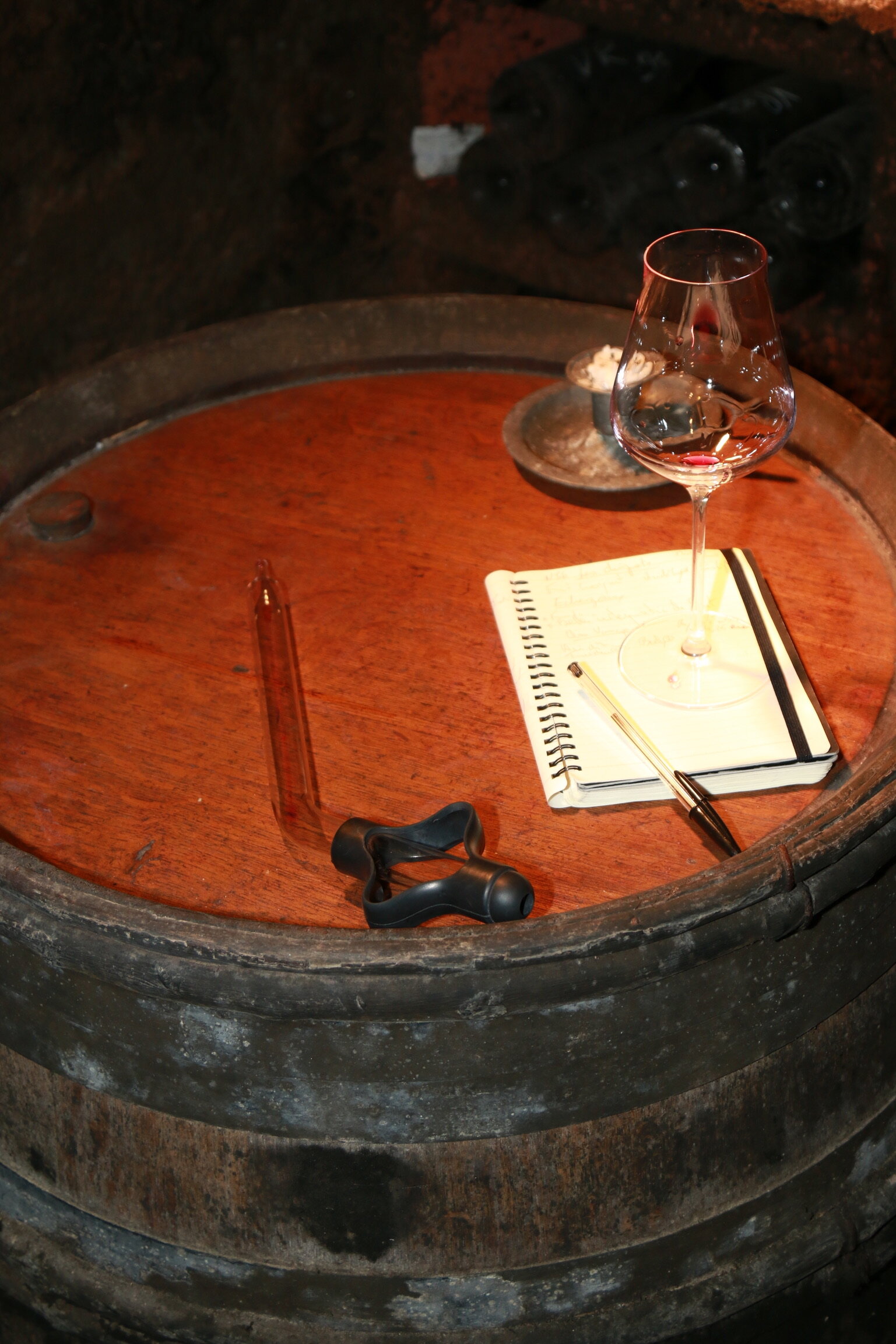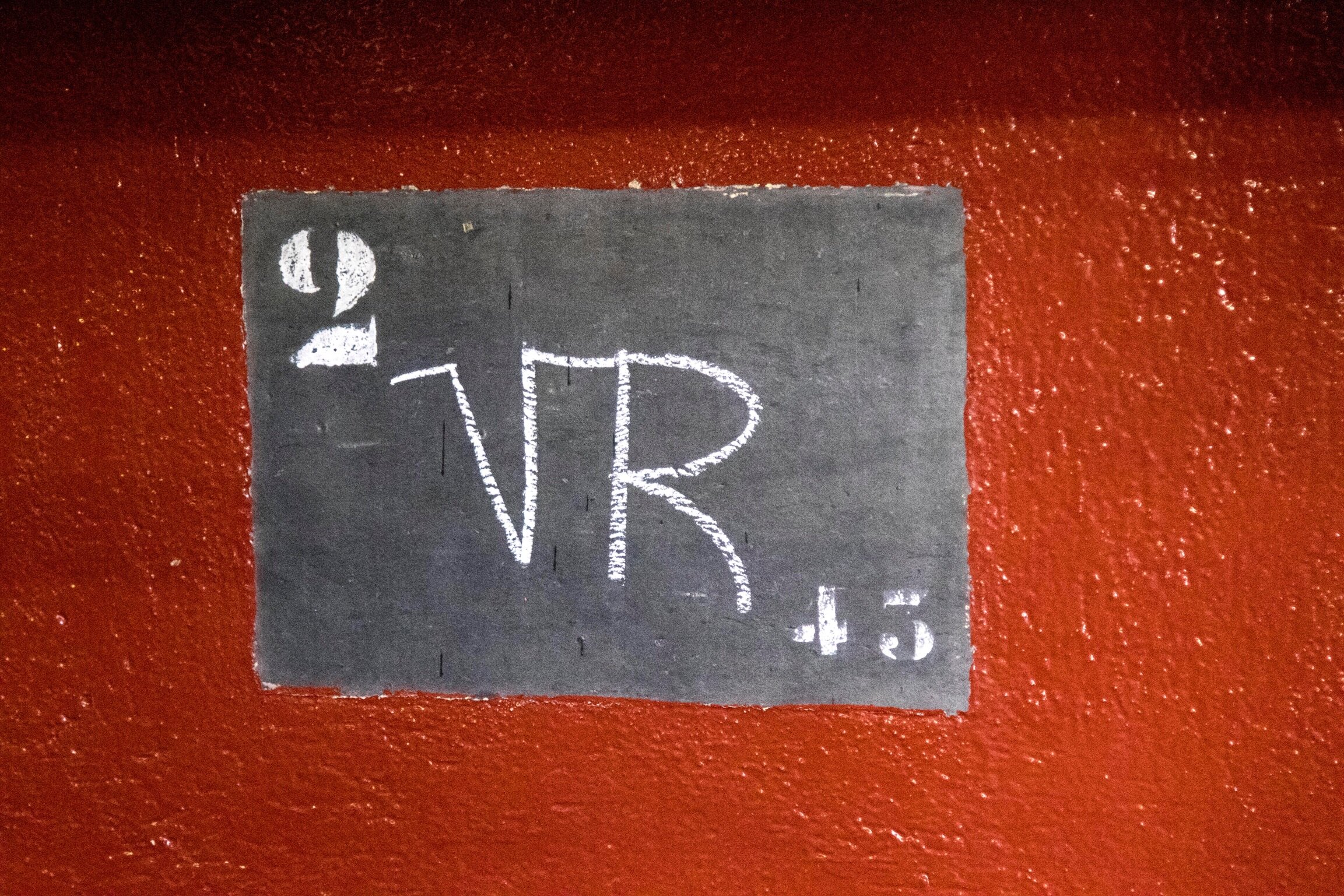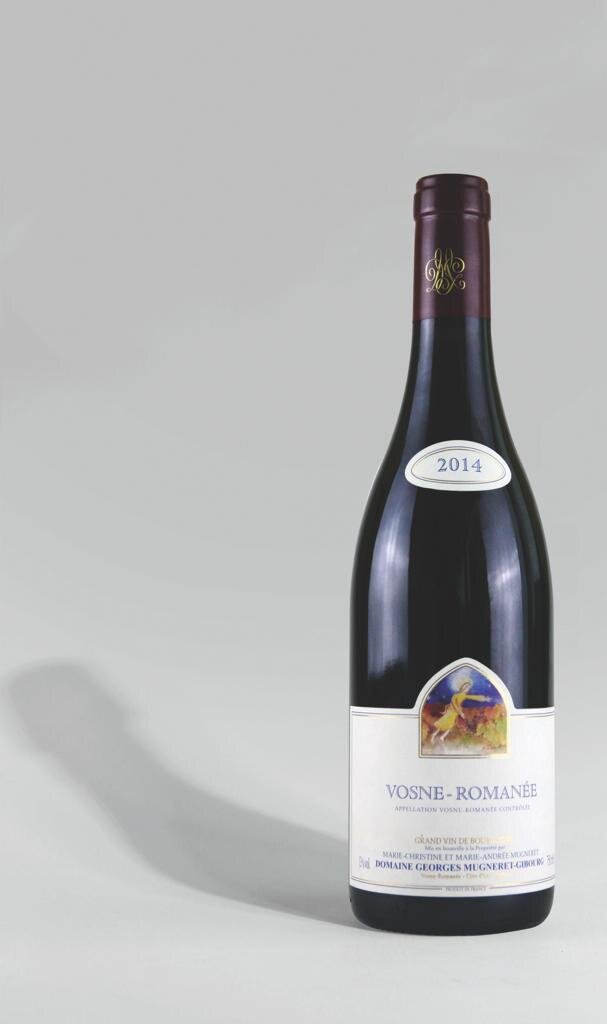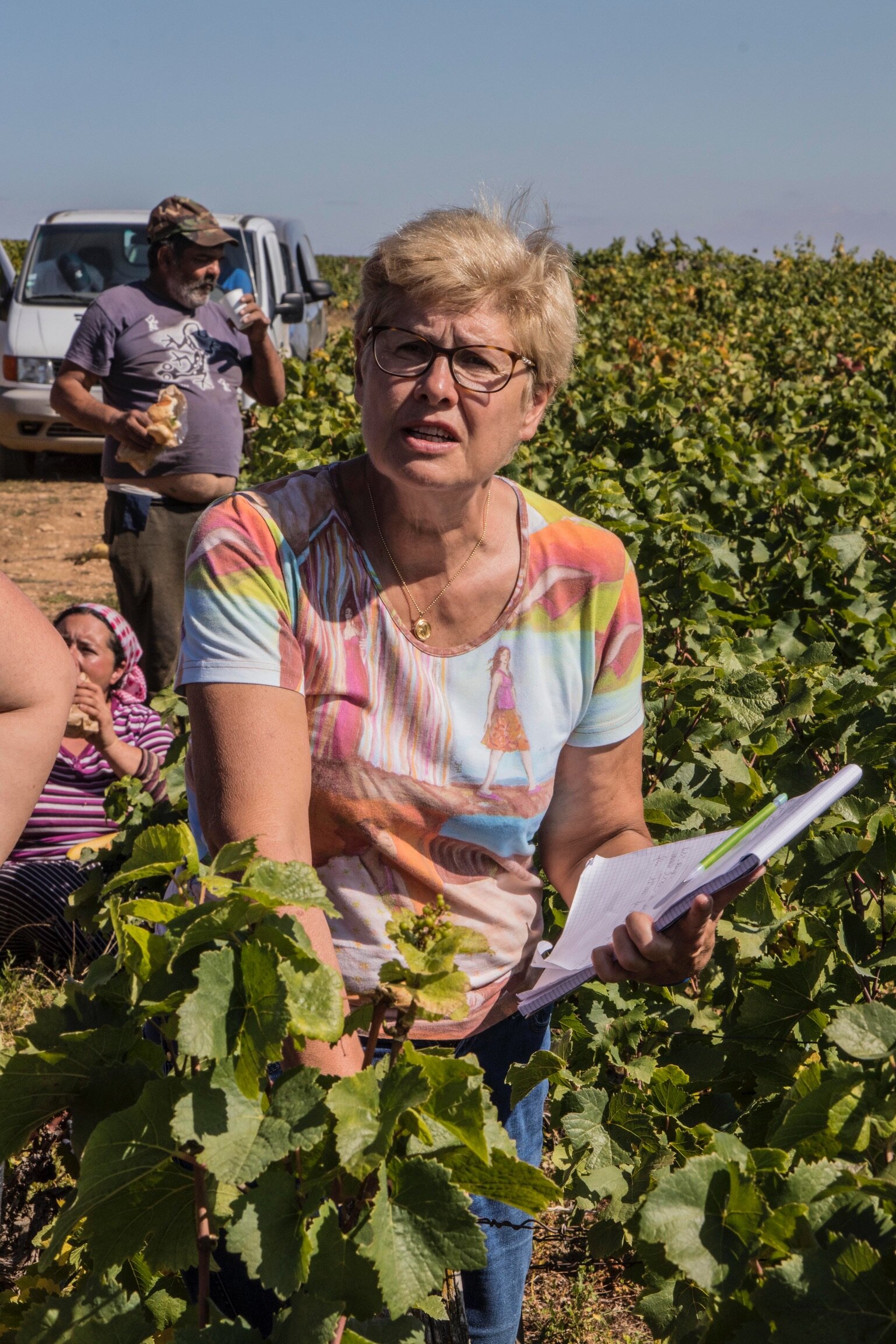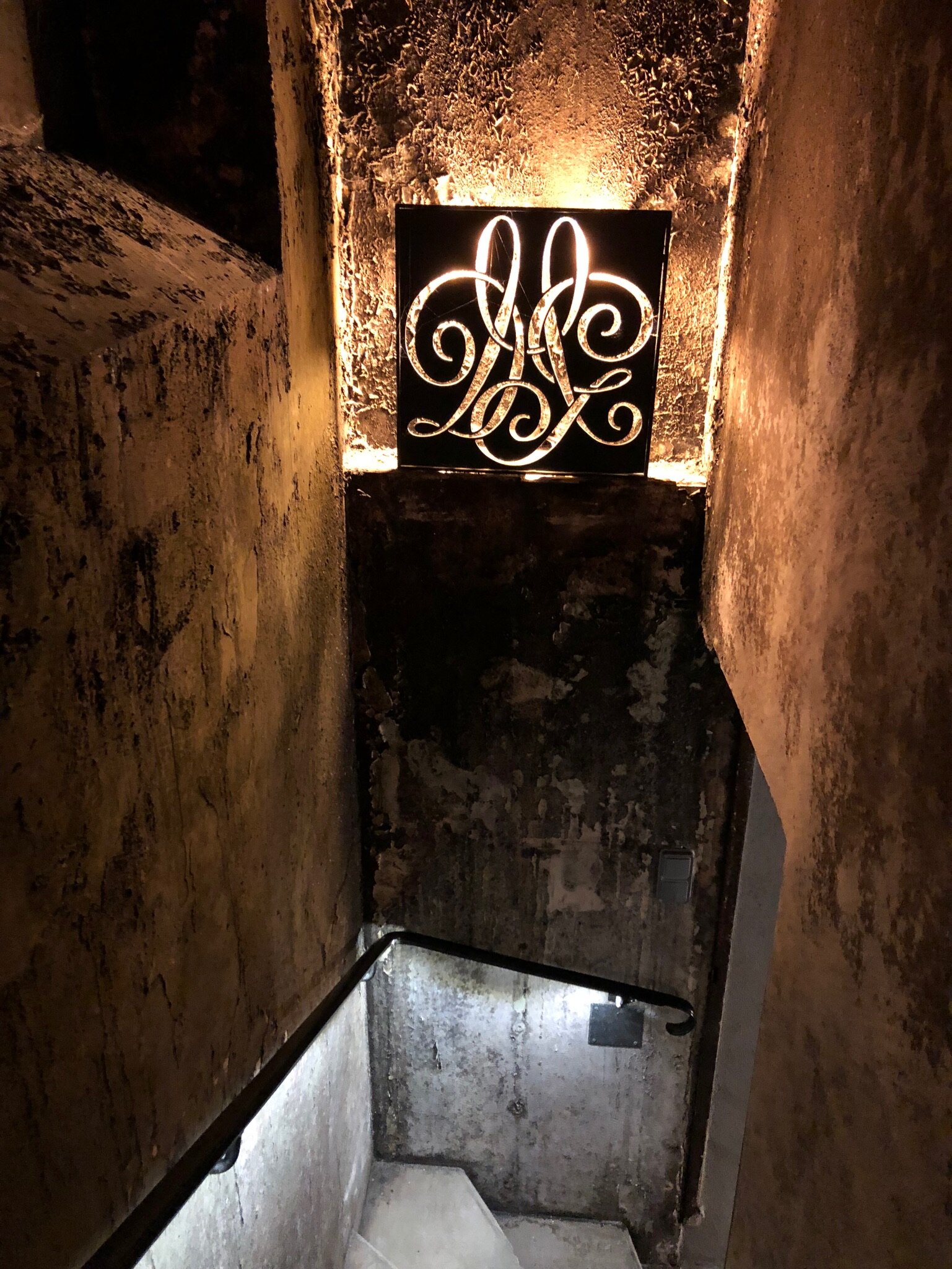DOMAINE GEORGES MUGNERET-GIBOURG
Vosne-Romanée
The Domaine Georges Mugneret-Gibourg in Vosne-Romanée is a quintessential emblem of Burgundy's enchanting allure. The estate, under the stewardship of Marie-Christine and Marie-Andrée, has consistently crafted some of the most exquisite wines along the Côte de Nuits, year after year.
The genesis of Domaine Mugneret-Gibourg dates back to 1933, following the marriage of Jeanne Gibourg and André Mugneret. Their son, Georges Mugneret, combined his deep-rooted passion for winemaking with his career as an ophthalmologist. Throughout his lifetime, Georges expanded the family estate and acquired additional vineyards. His dedication bore fruit in the wines produced under the Domaine Georges Mugneret label, celebrated for their distinct character.
Tragedy struck in 1988 when Georges Mugneret passed away after a prolonged illness. In the wake of this loss, his wife Jacqueline, along with their daughter Marie-Christine, courageously took the helm of the domaine. Marie-Andrée, another pillar of strength and expertise, joined the duo a few years later, armed with her oenology diploma.
2009 marked a significant transition for the estate, as Domaine Mugneret-Gibourg and Domaine Georges Mugneret merged to form the unified Domaine Georges Mugneret-Gibourg. This year also saw Jacqueline's retirement, leaving the domain in the capable hands of her daughters, Marie-Christine and Marie-Andrée. The legacy of the domaine continued to evolve with a new generation stepping in; Lucie, Marie-Christine's daughter, joined in 2017, followed by Marion and Fanny, Marie-Andrée's daughters, in 2018.
The sisters now manage over 8 hectares of vineyards, spread across nine distinguished appellations. Their annual production ranges from 20,000 to 30,000 bottles, varying with each vintage. This limited output has only heightened the global demand for their wines. Connoisseurs and enthusiasts worldwide seek after their creations, drawn to the wines’ nuanced yet profound representation of Burgundy’s most revered terroirs.
Beyond the numbers, the Mugneret sisters are known for their meticulous viticultural practices and a profound respect for the land. They employ sustainable farming techniques, ensuring that each vineyard plot is nurtured to express its unique character. This approach is evident in their wines, which are celebrated for their elegance, complexity, and true reflection of the Burgundian terroir.
The Domaine’s portfolio boasts an array of esteemed wines, including some from premier cru and grand cru vineyards. Among these are the highly regarded Echézeaux Grand Cru and Ruchottes-Chambertin Grand Cru, showcasing the sisters’ ability to capture the essence of these prestigious sites. Each bottle from Domaine Georges Mugneret-Gibourg is a testament to the family’s enduring dedication to the art of Burgundian winemaking, a tradition carried forward with passion and finesse by the current and upcoming generations.
In the Vineyard
They care for their vineyards sustainably, firm believers that it is the key to enhance the unique expression of each plot.
All year long, meticulous work of the vine is carried to enable its growth and flowering as well as the bearing of the fruits, which will be harvested in September. Ploughing is used to cultivate the soils and to let the vine roots grow deeply and vigorously.
In the Cellar
Wines at this address are made in a gentle and classical style.
Grapes are harvested by hand and thoroughly sorted on a sorting table at the cellar. Fruits are destemmed and moved into temperature-controlled vats for 4 to 5 days of cold maceration. Then, fermentation happens thanks to indigenous yeasts.
The Mugnerets show particular skill in their use of new oak, villages wines see 10-20% new wood, premier cru wines 30-50%, and grand cru wines up to 70%. After the malolactic fermentation, the wines are racked into another cellar for their second winter in wood.
Wines are bottled unfined and unfiltered.
Echézeaux Grand Cru
Made from the blend of two parcels, this Echézeaux is a classic expression of this grand cru. One parcel is located in Les Rouges du Bas and the other one in Les Quartiers de Nuits, both vineyards have deep soil consisting of gravel and silt.
Jeanne and André Mugneret acquired Les Quartiers de Nuits in 1930, and added Les Rouges du Bas in 1934.
Ruchottes-Chambertin Grand Cru
The vineyard of Ruchottes-Chambertin is at the end of the Combe de Lavaux. Vines here are planted on thin stony soil.
Georges Mugneret acquired this parcel with the help of Charles Rousseau in 1977, following the sale of Domaine Thomas-Bossot.
Clos Vougeot Grand Cru
This plot of Clos Vougeot was the first parcel purchased by Georges Mugneret in 1953. The soil here is pebbly and gravelly, with very low clay content, allowing the vines to grow deep roots easily.
Mugneret-Gibourg’s Clos Vougeot is, arguably, the best example to be found!
Chambolle-Musigny 1er Cru
Les Feusselottes
Les Feusselottes lies in the center of the appellation, roughly equidistant between the two Grand Cru sites of Bonnes-Mares to the north and Musigny to the south. The soil here is red, with occasional rocky outcroppings visible.
This parcel was purchased by Georges Mugneret in 1985.
Nuit-Saint-Georges 1er Cru
Les Vignes Rondes
This Nuits-Saint-Georges 1er Cru is made from 30-year-old vines planted on deep, rich, and rocky soil. Quantities harvested are very closely monitored by the domaine to subdue the hotheadedness of this wine.
Marie-Christine purchased this parcel in 1981.
Nuit-Saint-Georges 1er Cru
Les Chaignots
"Chaignots" comes from the word "chasne" or "chêne" (oak) in old French, meaning that there were originally oak trees in this area. This pebbly plot faces southeast and has brown limestone soil with very little clay.
Georges Mugneret purchased the parcel in 1971.
Nuit-Saint-Georges Village
This Nuits-Saint-Georges village bottling comes from vines in Combe du bas, at the edge of Vosne-Romanée, facing Clos du Réas. The soil consists of a clay-limestone base covered by clay silt.
The parcel was purchased in 1932 by André Mugneret.
Vosne-Romanée Village
This Vosne-Romanée village comes from five different plots across the appellation: Les Chalendins in the north-east; Les Croix Blanches in the south and Le Pré de la Folie, Les Champs Gourdin, and La Colombière next to the domaine.
André Mugneret inherited Les Chalendins and Les Croix Blanches from his parents in 1938. The other parcels were purchased in 1934, at the same time as the house.
Vosne-Romanée Village
La Colombière
After 60 years of absence, the 2018 vintage marks the first re-bottling of this exquisite Vosne-Romanée single-vineyard cuvée.
La Colombière was last bottled in the 1957 vintage before the parcel was replanted around 1960.
Bourgogne Rouge
This Bourgogne comes from vines in Les Lutinières, a climat located at the southeast of Vosne-Romanée. This vineyard was classified as Vosne-Romanée Village appellation until 1936.
The domaine inherited Les Lutinières from Mugneret-Pasquier (André Mugneret's parents) in 1931.






